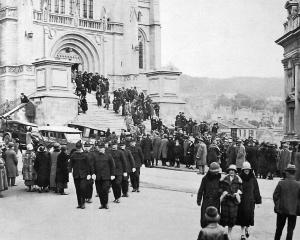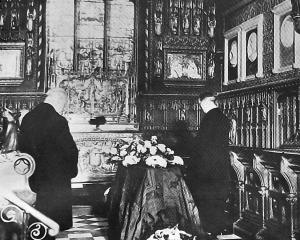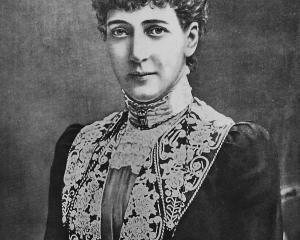The indictment which is brought against milking machines constitutes an interesting and, we are impelled to add, a disturbing feature of the annual report of the South Island Dairy Association.
The introduction of mechanical appliances whereby the milking of a herd might be accomplished afforded to the dairy farmer who was in a large way an exceedingly welcome relief from the trials he had experienced through the difficulty of securing labour.
And it encouraged the expectation that the need for the employment of child-labour on dairy farms in conditions that, in some cases at all events, seem to have given colour to the allegation that "child slavery" was practised might be more or less averted.
For various reasons, therefore, the invention of the milking machine gave promise of being distinctly beneficial to those engaged in the dairying industry. There were, from the first, those who expressed a doubt whether the process of milking would ever be satisfactorily performed by means of machinery.
And it has apparently to be acknowledged that their misgivings have been shown to be well founded.
For there is a good deal of evidence that cows are less responsive to milking machine treatment than they are to the pressure of the human fingers and that they yield less milk, and not only that but also that they become dry earlier than they otherwise would.
This in itself, if it be an invariable effect of the use of milking machines, materially discounts their value. It is not, however, upon this ground that the use of milking machines is condemned in the Dairy Association's report. It is an even more serious drawback that is alleged against the mechanical contrivance. "The difficulty," we read, "in keeping the rubber tubes and parts clean is very great. A man to do it must have a perfect genius for cleanliness and an unlimited supply of water. Many good dairymen, after years of trial, have discarded the milking machine. They say that as the machines got older the difficulty of cleaning increased, and the cost of renewal of parts etc., was such that hand milking was as cheap, or nearly so." And the consequence of the difficulty of keeping the parts of the machines clean and sweet is, we are told, that faulty milk is sent to the factories and that a faulty product is turned out.
Clearly this is a serious matter and one which, if it cannot be rectified, closely affects the entire dairying industry. It need not perhaps be assumed that the inventors cannot remedy the defects that are charged against milking machines; but in the meantime it would seem that dairy farmers must take their choice between, on the one hand, submitting to the possible vexation associated with a dearth of labour and, on the other hand, incurring the risk that the milk they send to the factories may be contaminated through their inability to keep their milking machines in a state of cleanliness.
• A correspondent of the Pahiatua Herald writes:- "A medical man was told the other day by a patient living not a hundred miles from Hamua, that she did all the vegetable and flower gardening, milked eight cows night and morning, and looked after six men folk's wants, kept a large eight-roomed house in order, and was expected to go out and earn sufficient pin money for herself and family." - ODT, 18.5.1912.
• Copies of picture available from ODT front office, Lower Stuart St, or www.otagoimages.co.nz












